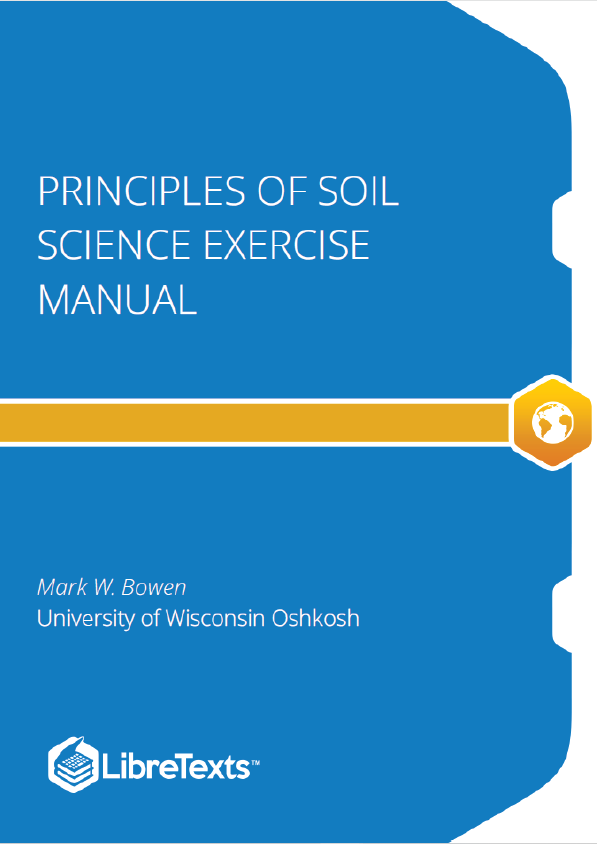Soil Taxonomy is a hierarchical system developed in the United States to group/classify soils. This system is a based on a set of properties that can be objectively identified in the field and measured in the laboratory. Examples of properties used in Soil Taxonomy include moisture and temperature patterns throughout the year, color, texture, horizons, pH, organic matter content, etc. The combination of various properties is used to define diagnostic soil horizons and the presence or absence of diagnostic horizons is used to classify the soil. There are eight diagnostic surface horizons, termed epipedons, and nineteen diagnostic subsurface horizons. There are six classes within Soil Taxonomy: order, suborder, great group, subgroup, family, and series (from broadest to most specific).
A soil profile is a vertical section of soil exposing several layers or horizons. Profiles can be measured and sampled as exposed faces (i.e. road cuts, streams banks, etc.) or from soil cores. Soil horizons are layers or zones of soils paralleling the surface, with distinct properties and characteristics from soils above or below. The uppermost soil horizons are generally the most weathered soils, while the lowest horizons are typically the least weathered and are most similar to the soil’s parent material. Soils can exhibit a range of master horizons including: O, A, E, B, C, and R. O horizons are surface organic horizons and are not always present, A horizons are surface mineral horizons and are common in all profiles, E horizons are subsurface horizons dominated by eluviation or leaching and are not very common, B horizons are subsurface horizons dominated by illuviation or accumulation and require some degree of weathering of the profile to be present, C horizons are subsurface horizons with minimal weathering and resemble the parent material, and the R horizon is bedrock or unweathered parent material found at the base of the profile. Special characteristics distinct to a master horizon may also be indicated with the designation of a lowercase letter immediately following the capital letter that indicates the master horizon (i.e., Ap indicates the “A” master horizon has been modified by plowing). These subordinate distinctions include special physical properties and/or the accumulation of material such as clays or salts. There are currently 30 possible subordinate classifications.
Fieldwork is an integral part of any soil laboratory exercise since soils must first be collected before they can be analyzed. It is extremely important to ensure that samples are collected as carefully and precisely as possible to reduce errors and eliminate opportunities for sample contamination. It is also important to add a geographic and geomorphic context to your sampling procedures, as they are intimately linked to soil forming factors. Therefore, sample collection is but one component of the fieldwork procedures.











